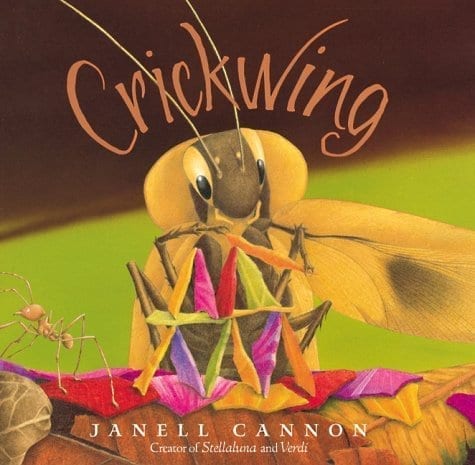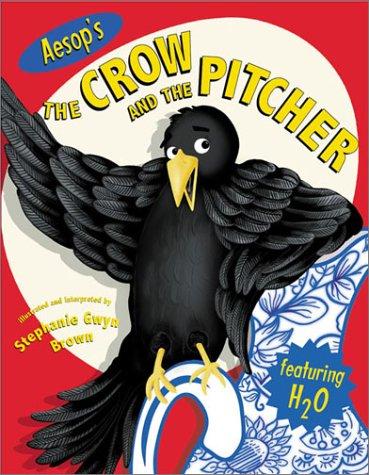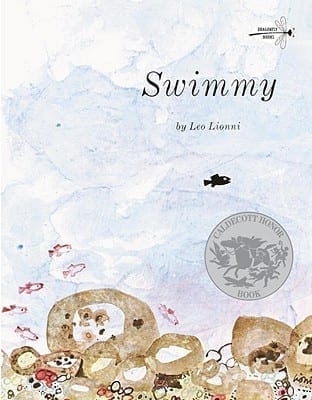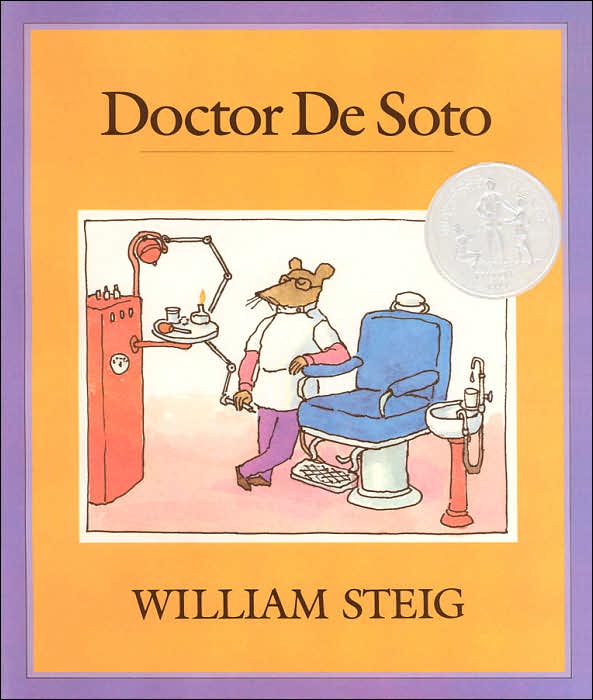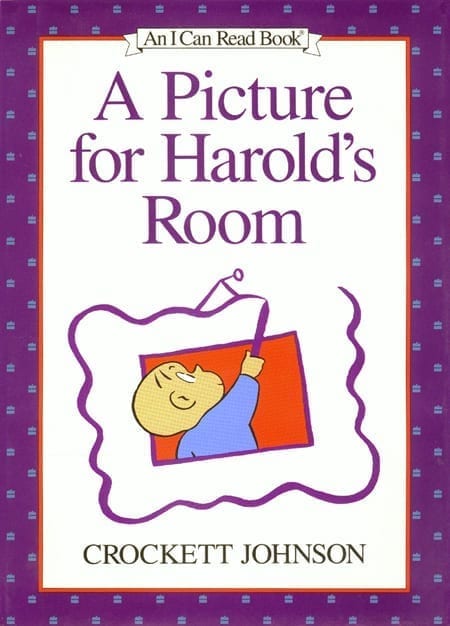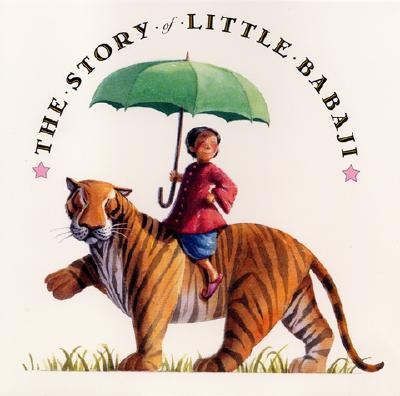“One Grain of Rice” By Demi
This is the story of Rani, a clever young woman who uses her skill in mathematical thinking to outwit a self-indulgent raja and secure food for her starving people. When the raja wishes to reward Rani for a good deed, Rani asks for one grain of rice, with the amount to be doubled each day for 30 days. You will be as surprised as the raja to see how quickly Rani’s rice accumulates as the trick unfolds, and you’ll be just as satisfied as Rani to see the selfish raja’s rice supply diminish. Rani uses her mind for creative problem solving and the idea that a little of something over a period of time can add up to a lot of something (baby steps). This could also be good for discussions about knowing where you are going and what you want to accomplish (The Wall).
“Owen” By Kevin Henkes
This animated tale takes up the case of a wee mouse’s devotion to a no-longer-fuzzy blanket named Fuzzy. The book chronicles how Owen’s next-door neighbor, Mrs. Tweezers, suggests to Owen’s parents a series of ploys to separate their son – who is soon to start school – from Fuzzy. The ingenious mouse foils each attempt, until his resourceful mother does some creative problem solving. With some snipping and sewing, she transforms the beloved blanket into a batch of very portable handkerchiefs, a stratagem that not only keeps Owen happy, but manages to silence the meddling Mrs. Tweezers.
“Crickwing” By Jannell Cannon
Crickwing never set out to be a bully. All he wants is to create art. But it’s not easy being different. When he angers the leafcutter ants, he is taken prisoner by the colony. When a swarm of army ants threatens the colony, Crickwing is sentenced to serve as a peace offering. However, a few brave rebels have a change of heart and set him free. To repay their kindness, Crickwing saves the colony by scaring off the army ants in his own creative way. Because of his creative problem solving, this book is great for a discussion on Jumping Hurdles. The themes of bullying and conflict resolution also make this book good for Climbing out and Defense Mechanisms.
“Aesop’s The Crow and the Pitcher” By Stephanie Gwyn Brown
A hot, dry desert. A tired, thirsty crow. A tall pitcher of water. Think you know the story? Not quite. In her reinterpretation of Aesop’s classic fable of perseverance, Stephanie Gwyn Brown guides readers through all six steps of the scientific method—from question to communication—with Crow as the model scientist. But it takes a strong work ethic and a series of comic attempts before he invents a way to bring the water to a life-saving drinking level. Readers are ultimately invited into Crow’s laboratory, where they learn much more than just a moral to the story.
“Swimmy” By Leo Lionni
Ah, Swimmy. You charming little guppy. This book wins the award for Subtlest-Book-About-Diversity for 1963. It is wholly and entirely charming. Swimmy is the only little fish amongst his brothers and sisters who was born black instead of red. A faster fish than all of them, Swimmy has the mixed blessing of being able to out-swim a big fish that has come to devour his family. Poor Swimmy is left all alone in the world, but his sadness doesn’t last for very long. The underwater world is full of wonders, and when Swimmy stumbles across another group of small red fish, his quick thinking helps them to band together to fight the larger fish in the sea. The lesson is twofold. One is that when people band together they can fight the unnaturally large problems facing them. Another is that being different, like Swimmy, can be a wonderful thing.
“Dr. De Soto” By William Steig
Doctor De Soto is a well-respected mouse-dentist who runs a successful practice with his wife (and able assistant) Mrs. De Soto. The De Sotos are friendly and professional toward all their patients, from chipmunks to donkeys to cows, the exception being “cats and other dangerous animals,” as it states clearly on the sign outside the office. But the De Sotos are tender-hearted rodents, so when a miserable fox shows up begging for treatment, they agree to have a look (perhaps against their better judgment). As it turns out, this fox, with “a rotten bicuspid and unusually bad breath,” manages to behave himself while tiny Doctor De Soto is standing mid-molar inside his gaping jaws. When the wily fox returns the next day to get his replacement gold tooth, however, he has mouse-flavored snacks on his mind. Luckily, Doctor De Soto and his wife are particularly creative at problem solving and have anticipated such despicable canine intentions. In the end they find a way to outfox the ungrateful fox.
“A Picture For Harold’s Room” (or any of the Harold books)
By Crockett Johnson
Harold needs a picture for his bedroom wall. So he takes his purple crayon and begins to create a whole new world around him. But then he notices he has gotten very small-half the size of a daisy! Only a very clever artist can find his way home now. This is a very simple book to open up a discussion of creative problem solving. It can also lead to a discussion of how choices have consequences.
“The Story of Little Babaji” By Helen Bannerman
Yes, it’s the old story of “Little Black Sambo,” written a century ago by Bannerman, an Englishwoman living in India, but here, thank goodness, reworked, revised, rescued! With all the nasty bits replaced. The story itself is terrific. The boy is brave, resourceful, and clever, and gets himself out of a life-threatening situation because of creative problem solving. As the book stands now, it can join the ranks of useful, funny, multicultural classics. Children today can read “The Story of Little Babaji” and have no inkling that this is probably the most controversial children’s story ever written. It could even be argued that there would be some value in telling them about the original version, so they can appreciate the reason for Marcellino’s alterations. However, some of them might have concerns about eating all that butter…


